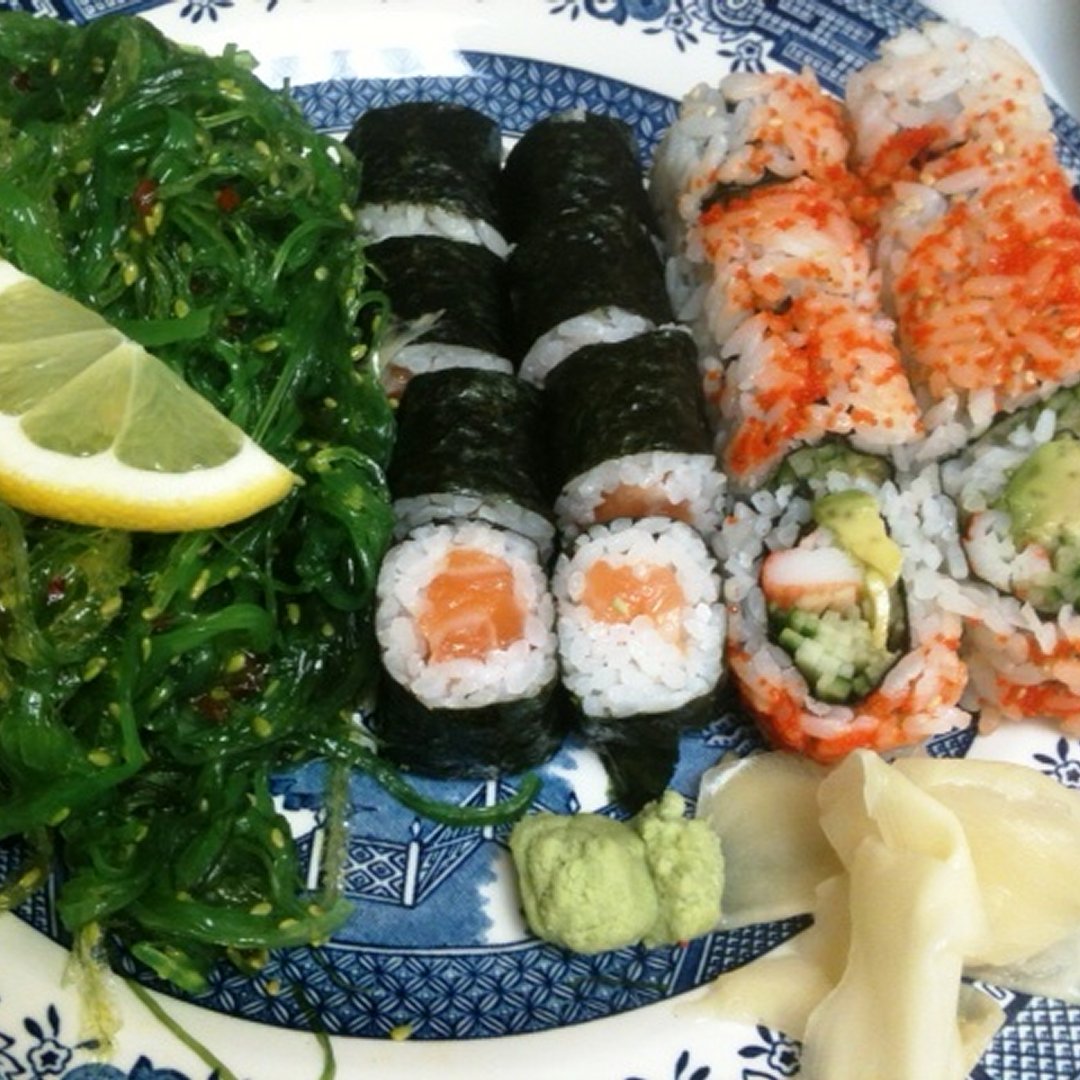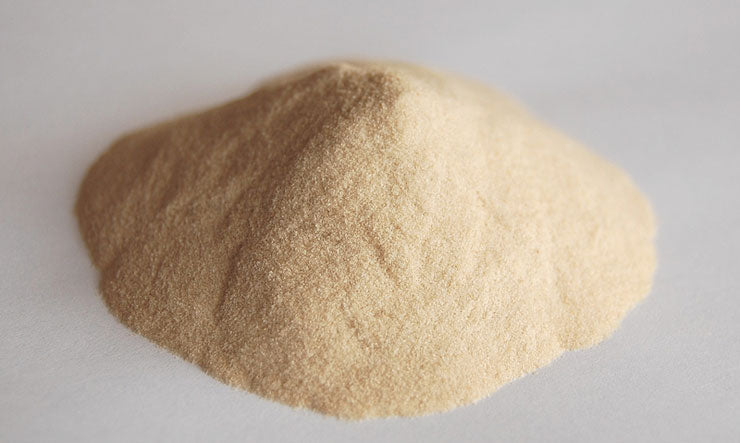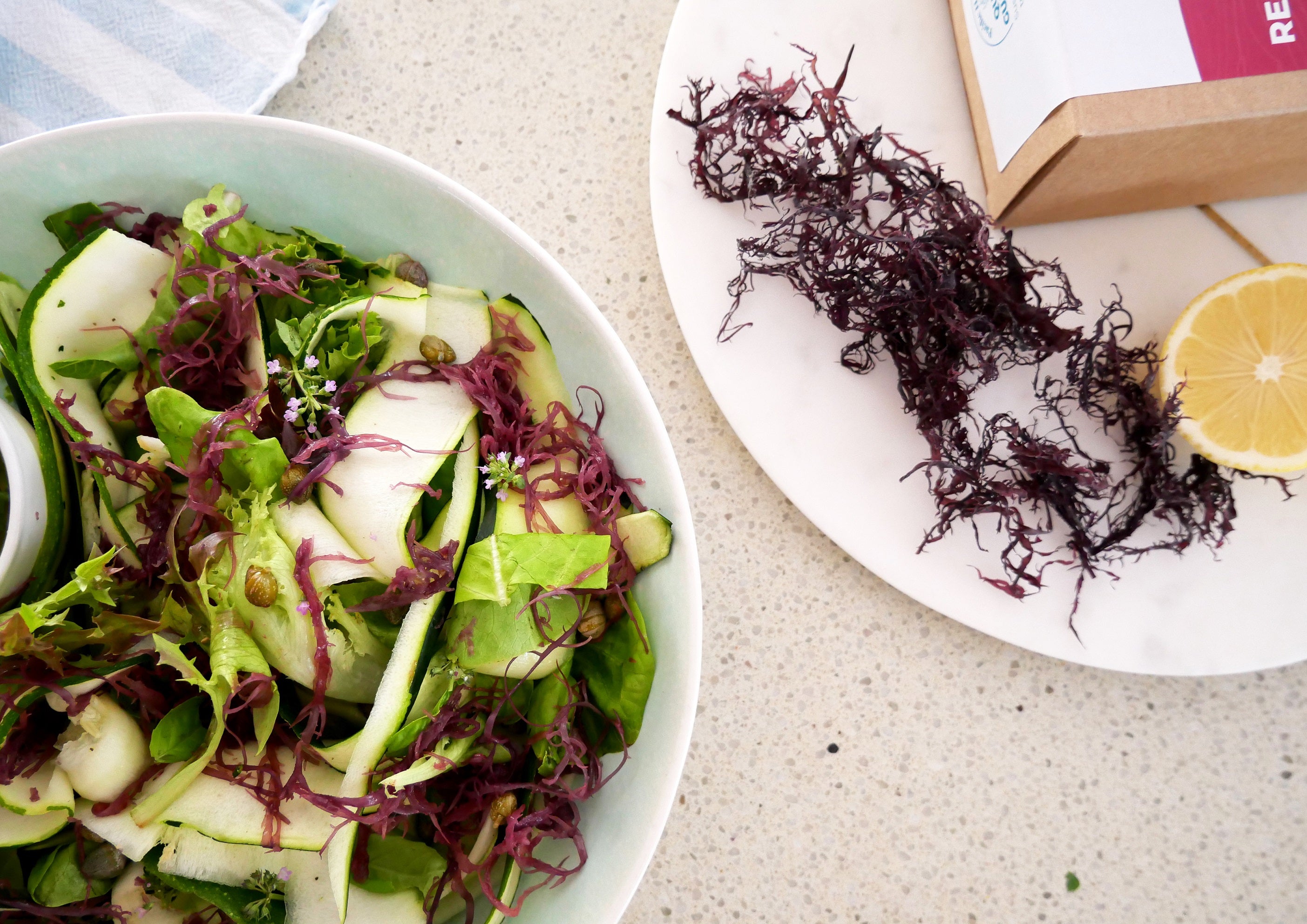Are you wanting to make delicious homemade nori sheets and make your sushi from scratch? If you want a natural, homemade version, free from the added fat and preservatives often present in supermarket bought sheets, give our recipe a go.
Most people’s first experience of seaweed is sushi, considered ‘fast food’ in Japan. Some of the commercially available sushi sheets can have a high fat content and added preservatives and flavourings.
The recipe to make your own seaweed sheets below won’t result in a sheet that is as crunchy as the traditional sushi wrap, but it is more resilient and contains far less sodium and other additives – a “better for you” version.
Here’s our recipe for DIY Sushi Sheets
Any seaweed leaf that appeals to you can be used in order to produce seaweed sheets of various colours and flavours for example Dulse leaves, Kombu leaves or wild wakame leaves. The flavour of the leaf can also be enriched by soaking the seaweed in a liquid of your choice (a juice, herbal tea or stock) and adding herbs, seeds or spices to the mixture.
Ingredients (to make a seaweed sheet roughly 35cm x 25cm):
- 20g Ceres Organics dried leafy seaweed* of your choice (Nori, wild wakame, or dulse are tasty options)
- 1 big egg (optional, separated)
- 1/4 tsp ground nutmeg or other herbs/spices*
- Ceres Organics Kelp salt* (optional) & pepper to taste OR
- Ceres Organics Kelp seasoning* – chilli*, garlic* (optional) or furikake* (optional)
*Available for purchase from ceres.co.nz
Equipment:
- 35 x 25 cm swiss roll tray lined with non-stick baking parchment
Method:
- Preheat the oven to 180°C.
- Re-hydrate the seaweed by soaking in tepid liquid for 3-5 minutes and squeeze the excess moisture out. Please note each seaweed rehydrates differently (see below*).
- Puree the seaweed, egg yolk, herb/spice, & seasoning to taste in a food processor until smooth. (The egg will bind the mixture together to prevent it falling apart during rolling. Make sure the puree is quite consistent, otherwise pieces that are too big will separate from the sheet or make it difficult to cut).
- Separately, whisk egg whites to soft peaks and fold lightly into the seaweed mixture until evenly blended.
- Spread the mixture thinly onto a baking tray lined with non-stick baking paper without leaving any gaps. (Optional: sprinkle desired garnish (e.g. sesame seeds*, chia seeds*, seaweed flakes*) if desired)
- Place the tray in the middle of the oven and bake until set (about 10 -12 minutes)
- Turn the baked ‘roulade’ onto a new sheet of baking parchment, delicately peel the paper it was cooked in and roll loosely with the new parchment to retain shape and prevent cracking.
- Leave to cool to room temperature
- When cool, cut into three long strips with a sharp knife or fill with rice*, cream cheese, pesto*, noodles, vegetables, chicken or fish – anything your heart desires.
- When done, wrap each roll in film paper and refrigerate until needed – a cool roll is easier to cut neatly.
Enjoy!
If you don’t use your seaweed sheets for sushi, you can chop them up and use them as a garnish on rice dishes, salads, stir fries, soups – so many ideas and easy ways to add a little seaweed to your everyday menu!
Disclaimer: This material is provided for educational purposes only and is not intended as a substitute for professional medical advice, diagnosis, or treatment. This information may not include the very latest research. We encourage you to do your own research and discuss your findings with a qualified health practitioner who can help you validate the outcomes in the context of your specific & individual health situation.




